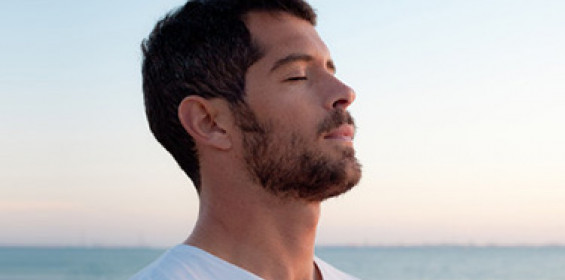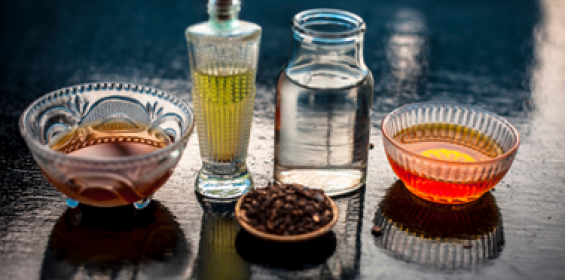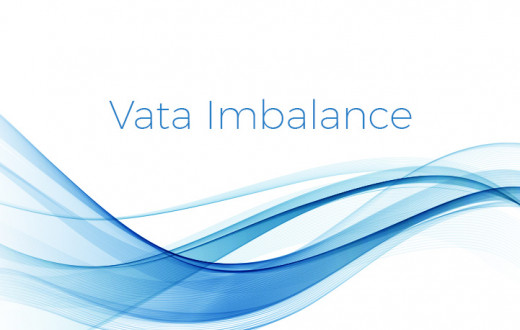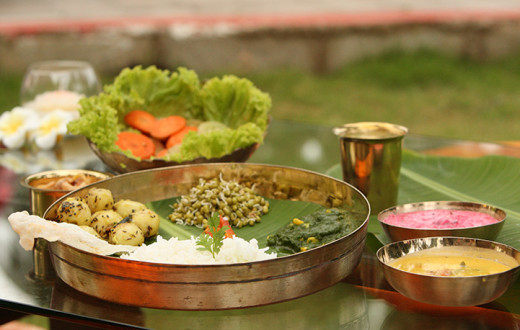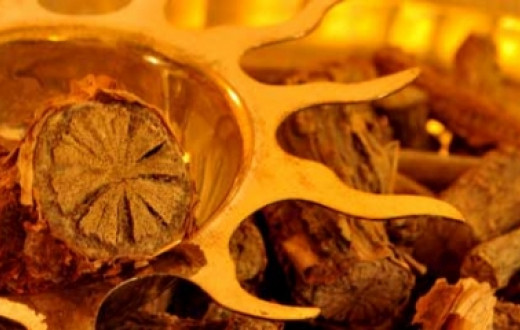Amazing facts about India.
History is dotted with amazing details, many of which are forgotten. Bharath Gyan, a passionate research initiative, is painstakingly dotting the pieces together, foraging amongst lost remnants to keep the glorious past alive and known.
Here are a few nuggets about India’s incredible medical knowledge:
Nose surgery in modern medicine began in India
This episode is true. An Indian cartman and four Indian sepoys were fighting with the British army against their Indian brethren. These five men were captured by Tipu Sultan’s army and their noses were chopped off, as a sign of shame for infidelity to their motherland.

These five men then went to the house of a potter in Pune, who surgically fixed their noses and they walked out with repaired noses.
The surgeon’s name was Maratta Vaidya Kumhar. Maratta as Pune was the land of the Marathas, Vaidya since he was a man of medicine, a surgeon and Kumhar as he was a potter by birth.
This incident was reported by two travelling British doctors - James Findley and Thomas Cruso who, during their travels, were astounded to witness such a new, advanced surgery. This technique, unknown to the western world, was done in the house of a potter in India.
 Rhinoplasty in India
Rhinoplasty in India
The Madras Gazette carried an incredible story in August 1794. This article fired the mind of a 30-year-old English surgeon, Dr. J.C. Carpue.
He collected more data from two surgeons in Italy and Sicily, who had interactions with Indian traders. Armed with all this information, Dr. Carpue performed the first nose surgery, rhinoplasty operation on October 23, 1814 in England.
The procedure of rhinoplasty surgery was an Indian offering to the world, among many other surgeries, has been expressed clearly by Prof. A.A. MacDonell and Sir. William Hunter of the University of Glasgow.

Secrets of suturing
The father of surgical procedures in India was Susruta.
Susruta categorizes surgical procedures into seven main activities:
- chedya or excision
- lekhya or scarification
- vedya or puncturing
- esya or exploration
- ahrya or extraction
- vsraya or evacuation
- sivya or suturing
Susruta also lists 101 varieties of blunt instruments and 20 kinds of sharp instruments used during his times for performing these surgeries. They are identifiable with instruments used today such as forceps, tongs, scalpels, catheters, bougies, trocar, syringes, speculums, needles, saws, scissors, lances, hooks, and probes.
In the earlier times, the names of these tools were based on their resemblance to the beaks and mouths of birds and animals.
Injuries sustained, especially during battle, were also categorized into six types. Incidentally, the same classification hold good even today, save for the addition of a new category called gunshot wound.
 Suturing
Suturing
Susruta’s descriptions and classifications of suturing techniques indicate a systematic approach to practicing surgery and the advanced state of surgery during those times.
He identifies four major ways of suturing which many present day surgeons concur. These were:
- vellitakam or continuous
- riju granthi or interrupted
- gophanika or blanket suture
- tunna sevani or mattress suture
The suturing material was made of flax, hemp and bark fibers while animal sinew was used for tying blood vessels.
 The surgical genius of India
The surgical genius of India
In fact, the rest of the world was at a loss till the 19th century in preventing fatal peritonitis due to rotting of internal suturing thread in abdominal surgeries. However, India was successful in its internal suturing. The trick lay in the use of the mandibles of the Bengal black ants which not only would get absorbed by the body but also were rich in formic acid, a natural antiseptic.
Charaka is known as the father of Ayurveda. Charaka is also the generic title for a physician who goes from home to home, village to village, treating people. It comes from char meaning to move.
Interestingly, Charaka executed a medical oath of initiation millennia ago. Today, graduating doctors take the Hippocratic Oath - whose history can be traced to Charaka.
Puttur bone setters
While the modern term orthopaedics came into existence around 1741, as the title of a book by Nicholas Andry, India has known fracture care for ages.
The ‘Puttur bone setters’ of Rachapalem, a village near Puttur, 35 kms south of Tirupathi in Andhra Pradesh have been doing this for centuries. This fracture care is famously called “Puttur kattu”or the Puttur bandage.
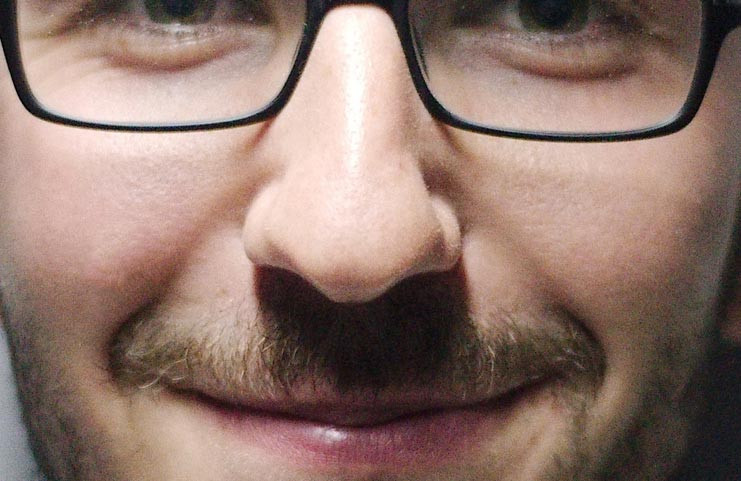
This traditional bone setting method does not use X-rays, painkillers or casts. Instead, this treatment comprises bangha, the age-old science of bone setting, described by Susruta in 600 BC. Bangha itself has four different techniques called,
anchana – traction
peedana – exerting pressure
samkshepa – opposition or stabilization
bandhana – immobilization
The second part of this treatment involves herbal application after bone setting, to heal the wound quickly. This herbal concoction is a secret formula held by the local Raju family for generations.
The bonesetter first feels the site of the injury with his fingers. He then sets the bone by pushing or pulling it back into the right position, a painful procedure done without anaesthesia.
A paste of mashed leaves and turmeric is then applied to the area of injury and a piece of cotton drenched in a herbal juice, is tied around it.
Bamboo splints are placed to ensure that the bones do not move and a cotton cloth tied around the splints.
How Ancient India Pioneered In Bone Setting | Puttur Bone Setters | Amazing India
Over 2500 years old, this bone setting technique of Susruta is practiced successfully to this day. The Puttur bone setters have continued the tradition well and adapted it to the present times.
The heart & twin birth
The word “heart” in the English language shares its root with the Sanskrit word, Hrdayam
This word Hrdayam has three components to it,
Hr - root for “to take”, Harati
Da – root for “to give”, Dadati and
Yam – root for control, regulate.

Hrdayam describes the primary function of the heart, which is to take, to give, to circulate.
When twins are born, Ayurvedic texts state that the child born second is the elder and the child born first is younger. This is because the child born second would have been conceived first and got its life, jeevan first.
 Indian knowledge about the heart & twin birth
Indian knowledge about the heart & twin birth
In Indian philosophy, life, living and learning do not start only after coming out of the womb. They start from the moment of conception.
The Indian native law, the traditional law, taking this cue from Ayurveda, therefore also has in its tenets of law that the child born second is the elder and has the legal rights of the elder one.
Many details on conception, and development of foetus is discussed in an exhaustive treatise named Garbhopanishad.
In the Indian system, each branch of knowledge or practice was not pursued in isolation but was intertwined with other branches to lead a wholesome life.
The field of Ayurveda is filled with many interesting, intricate details as well as milestones in the evolution of knowledge of humans, their body, mind and society.
The material has been sourced from @bharathgyan. This research team, led by a passionate husband-wife duo - Dr. DK Hari and Dr. Hema Hari, unearth some of India’s untold stories and make them contemporary. You can click here to buy any of their books on Indian civilisation.



